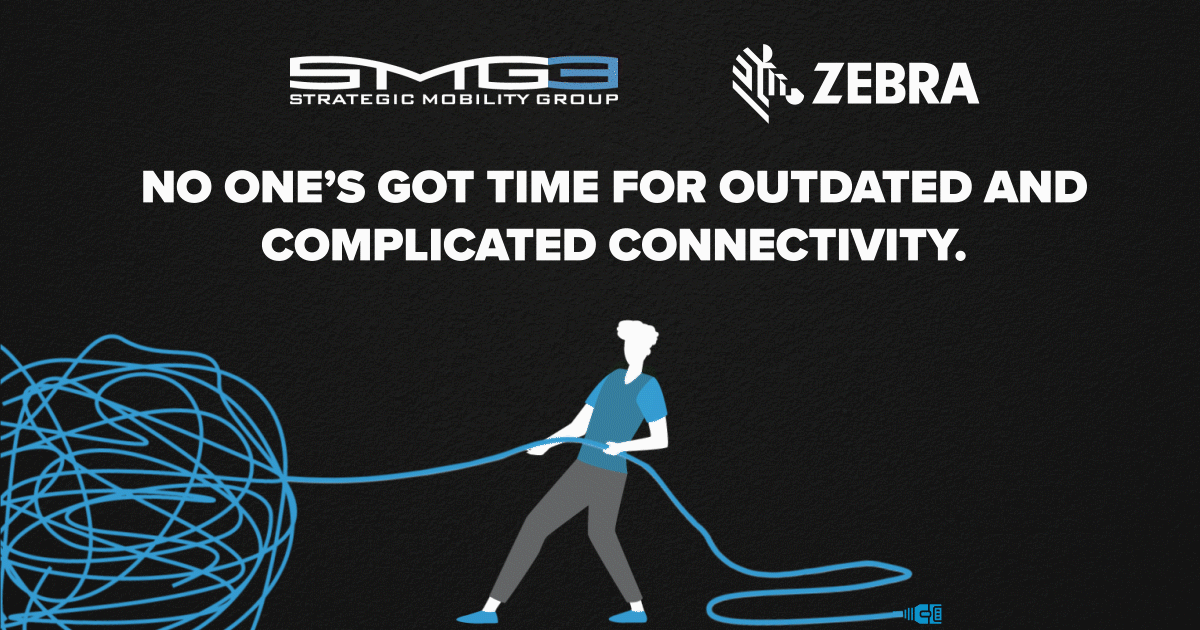How SMG3's WiFi Guys Helps You Overcome WiFi Installation Challenges

In the warehouse, imperfect WiFi causes more issues than a general annoyance and impatience. Operating within a massive digital world, network downtime disconnects warehouses and distribution centers from incoming orders, delays in product shipping, and changes in the manufacturing line, ultimately impacting the customer’s experience and the bottom line. For a warehouse operating around 5,200 hours a year, one hour of downtime can cost upwards to $10,000 per hour. Facing both labor and raw material shortages, the last thing a warehouse wants to spend money on is unproductive waiting times. Sustaining fast response times for digitally connected devices, dependable WiFi connectivity has become crucial to securing optimal warehouse performance. To empower supply chains in properly developing a connectivity solution, the SMG3 WiFi Guys recommend the following steps:
- Assess the space in question – Conducting a site survey should be one of the first steps in developing an updated wireless infrastructure. During this time, specialists can take a closer look at the current challenges preventing end-to-end connectivity while also gaging ease of implementation based on workforce size and operational speed.
- Evaluate top wireless needs – Although the goal should always be no-drop connectivity anywhere in the warehouse, the method to attain this varies between warehouses. That’s why our Certified Wireless Engineers assess factors like warehouse type, ceiling height, construction materials, what type products the warehouse is storing, and the types of devices to be connected to the network. These factors all work together to either help or hinder WiFi range and signal strength.
- Select technologies designed for high-demand and enterprise – Needless to say, warehouse spaces have many more challenges than carpeted space. Some of these challenges include the high-demanding workflows, extreme temperatures, humidity, and long operational hours. This means all technologies should be enterprise-ready to match demand levels.
- Continue to adjust your infrastructure as needed – Innovation is never stagnant. Today’s challenges may not persist into the future, but certainly there will be new obstacles ahead, which is why deploying a flexible system can set your business on a better footing to address increases in demand, new turnover rates, and new digital technologies to be implemented into your system. A predictive assessment allows you to assess your infrastructure’s range of growth to make sure it will run smoothly in the future.
Ensuring maximum transparency facilitates deployment and maintenance for faster installation and updates. To learn more about how you can streamline WiFi optimization, reach out to the SMG3 WiFi Guys for a free consultation.
